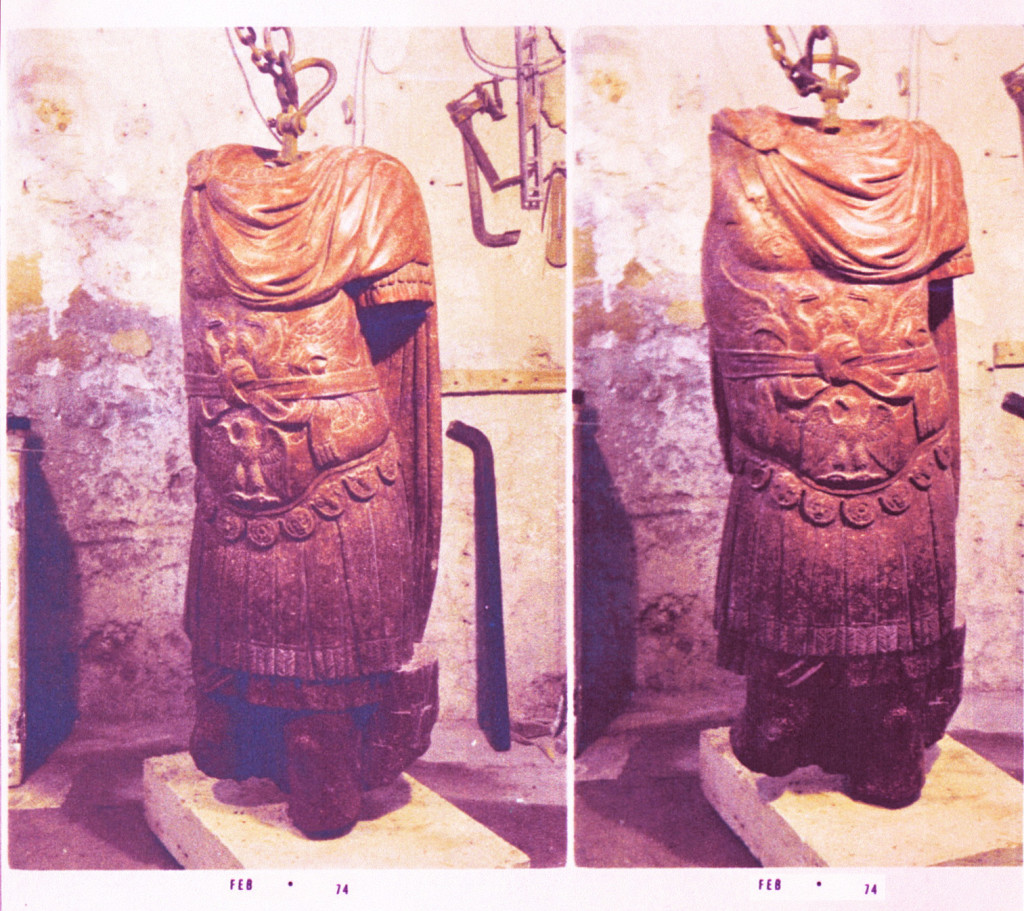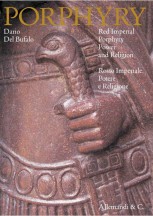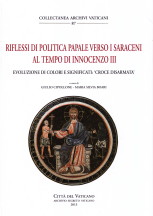Prof. Dario Del Bufalo
Specialist in stone sculpture , colored marbles , glyptics , restoration and Geoarchaeology
“BUFALE ARCHEOLOGICHE” Column in Il Giornale dell’Arte – November 2014
Bank suppositories
 Have you ever wondered how many masterpieces are hidden away in bank vaults? There are hundreds, works of art delivered for safe-keeping by private individuals for security against theft but also, and perhaps more, works of art owned by the banks themselves or bank foundations who have acquired them for investment, as many credit institutions do with real estate or many others in gold. Does the Ministry of Cultural Heritage know of this enormous, underground patrimony? And if the Ministry doesn’t know about it, how can it protect it? With regard to bank foundations, the problem does not arise because the assets of these foundations are bound by ope legis, but how can the State control all artistic assets that are owned by institutions or by private individuals, an undetermined patrimony buried in bank vaults, which are often more impenetrable than Etruscan tombs?
Have you ever wondered how many masterpieces are hidden away in bank vaults? There are hundreds, works of art delivered for safe-keeping by private individuals for security against theft but also, and perhaps more, works of art owned by the banks themselves or bank foundations who have acquired them for investment, as many credit institutions do with real estate or many others in gold. Does the Ministry of Cultural Heritage know of this enormous, underground patrimony? And if the Ministry doesn’t know about it, how can it protect it? With regard to bank foundations, the problem does not arise because the assets of these foundations are bound by ope legis, but how can the State control all artistic assets that are owned by institutions or by private individuals, an undetermined patrimony buried in bank vaults, which are often more impenetrable than Etruscan tombs?
I wonder whether ministerial inspections have ever been carried out. It would be good, for example, to identify the unknown archaeological works of art or collections, such as the well-known and published Bank of Sicily Foundation, to decide whether there are grounds to apply for a single notice or for a group of works, should these be of great historical and artistic value. It is also necessary to free up all those works that do not have a high level of quality or interest and do not merit being bound. Ultimately, what in ministerial jargon is known as carrying out a «verification». An inspection (not like the one that ABI (Italian Association of Banks) is carrying out with Muvir, the Virtual Museum) would also serve to determine whether the works of art owned by institutions or foundations kept in bank deposits are actually masterpieces that correspond to their declared value (reassessed each year and submitted in the budget) or are just works of little value or even fakes. The one I present today (see photo) seems to be the image of a typical loricate torso from the Roman period, a very special torso for the material with which it is made, imperial red porphyry. It was sold to Mr. Osio on behalf of the Banco di Roma in 1975 in a Christie’s auction held in Palazzo Lancellotti in Rome and is currently stored at the UniCredit Bank of Rome in Bologna.
Too bad it’s an archaeological hoax! A fake, not only because one can see it is, but because there is photographic evidence from a year prior to the sale (1974) where it is seen in the sculptor’s workshop, hanging from the lewis, while being completed. It was carved from a fragment of a column (possibly stolen from one of the archaeological areas in Rome which are full of fragments of these prized coloured marbles) and the shoulder is missing and the other is too rachitic to be a military figure: this is due to the fact that the sculptor had to adapt the shape of the torso to the column cylinder from which it was carved. As such, everything is a bit too long and too rounded…rather like a suppository.
For info or to report something: bufalearcheologiche@gmail.com
Read all the ARCHEO SPOOF STORIES
 English
English Italiano
Italiano
